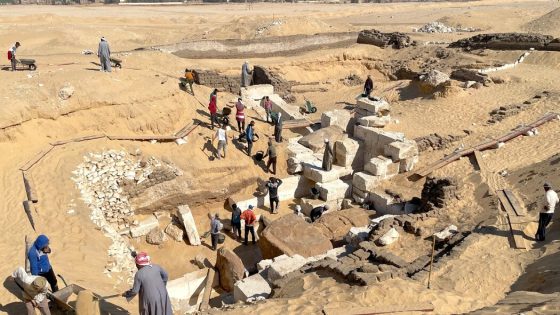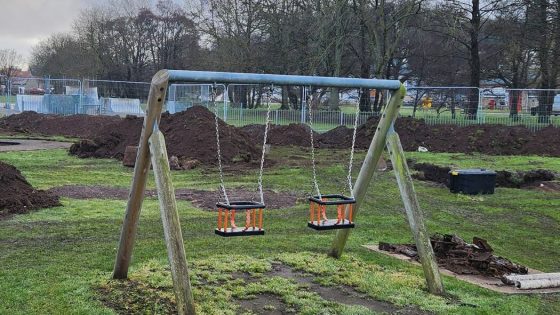On March 27, 2025, archaeologists announced the discovery of a significant tomb belonging to an unknown pharaoh at Abydos, Egypt. This find, estimated to be around 3,600 years old, marks the second king’s tomb uncovered in the area this year, highlighting ongoing archaeological efforts in one of the world’s oldest cities.
- Archaeologists discover unknown pharaoh's tomb
- Tomb estimated to be 3,600 years old
- Located at Abydos, ancient burial site
- Features decorated entryway and vaults
- Collaboration between Egyptian and American teams
- Significant find for understanding ancient dynasties
The tomb was found nearly 23 feet underground at Abydos, a site known for its historical significance as a burial ground for early pharaohs. The excavation team, comprising both Egyptian and American researchers, unearthed the burial chamber at the base of Anubis Mountain, where strong winds have caused sand to accumulate, burying structures deeply.
Key details about the tomb include:
- Location: Abydos, Egypt, approximately 300 miles south of Cairo.
- Depth: The tomb is located nearly 23 feet underground.
- Structure: Features a decorated entryway, multiple rooms, and 16-foot high vaults made of mud bricks.
This latest discovery is particularly significant as it dwarfs a previous tomb found over a decade ago, which was considered the first material evidence of a “lost” dynasty of kings in the region. Josef Wegner, the leader of the American excavation team, expressed enthusiasm about the implications of this find for understanding the historical context of the dynasty.
This discovery at Abydos contributes to the ongoing research into ancient Egyptian history, providing new insights into the burial practices and architectural advancements of the time. As excavations continue, further findings may shed light on the lives and reigns of these ancient rulers.






























